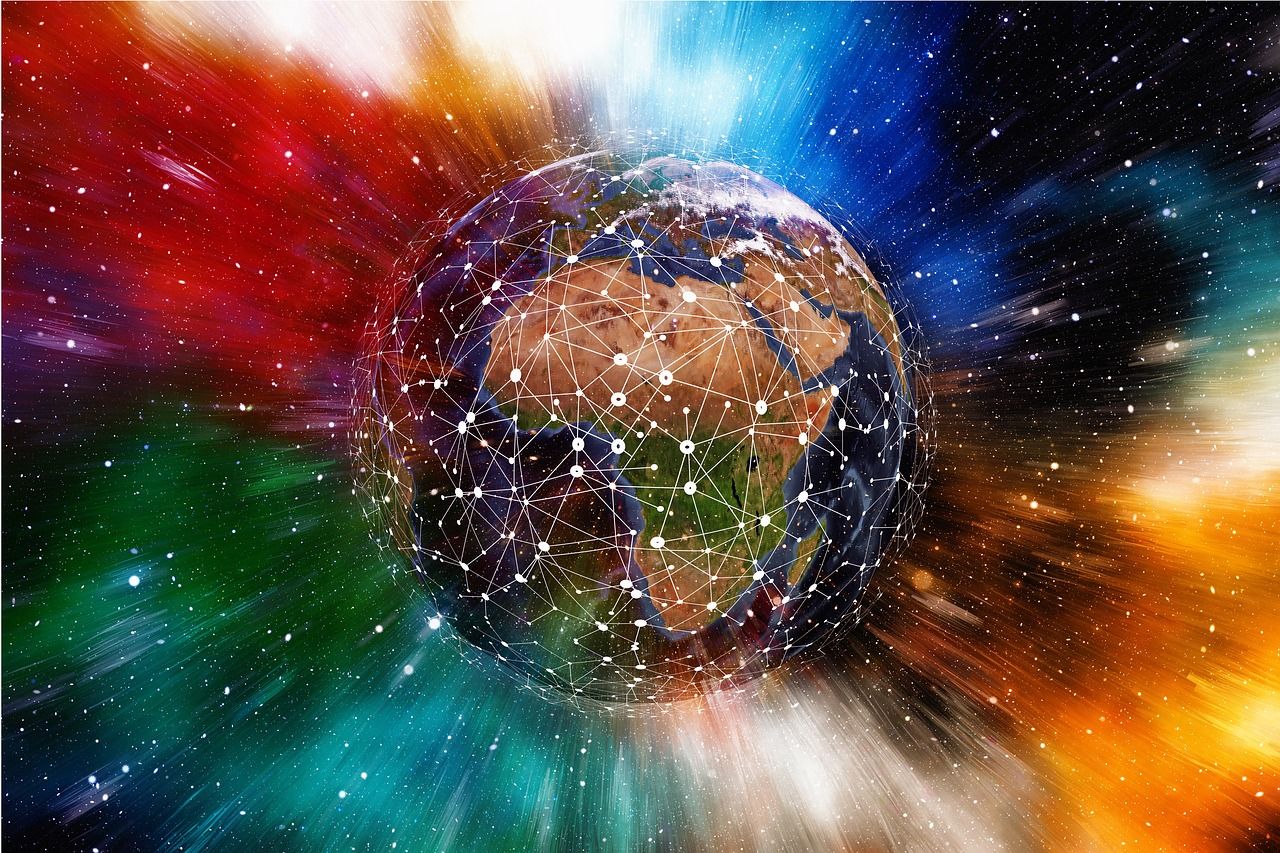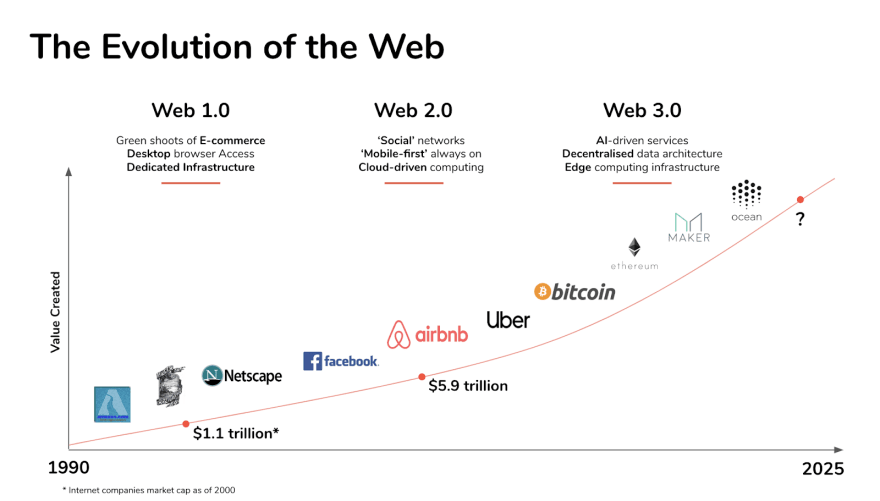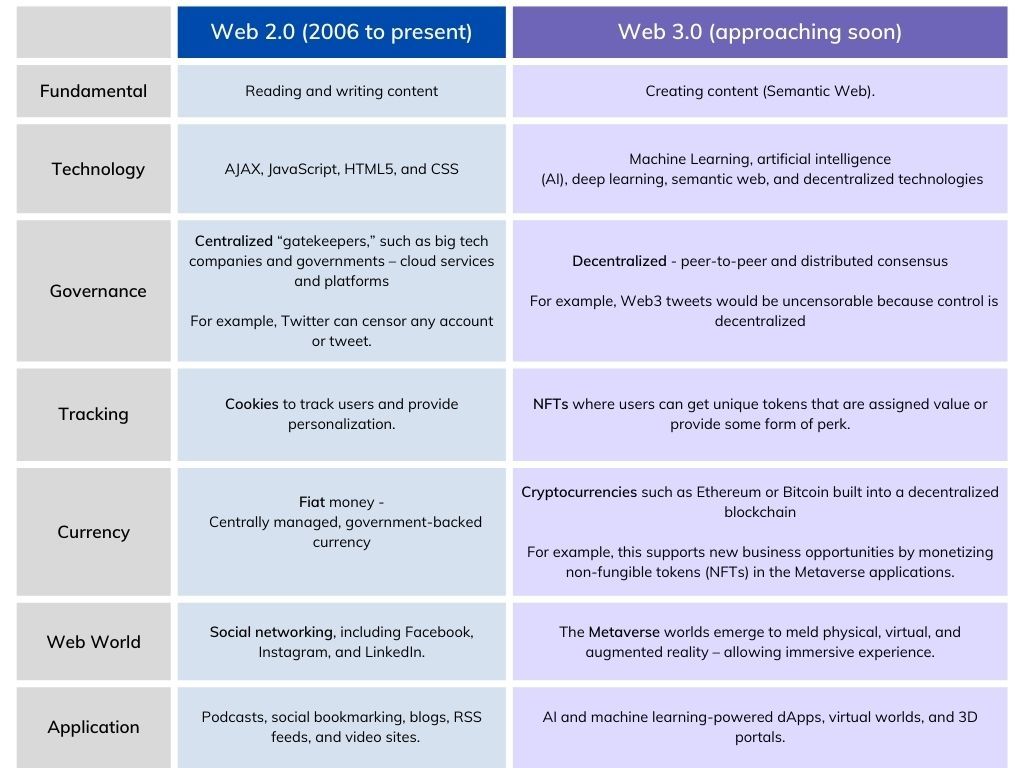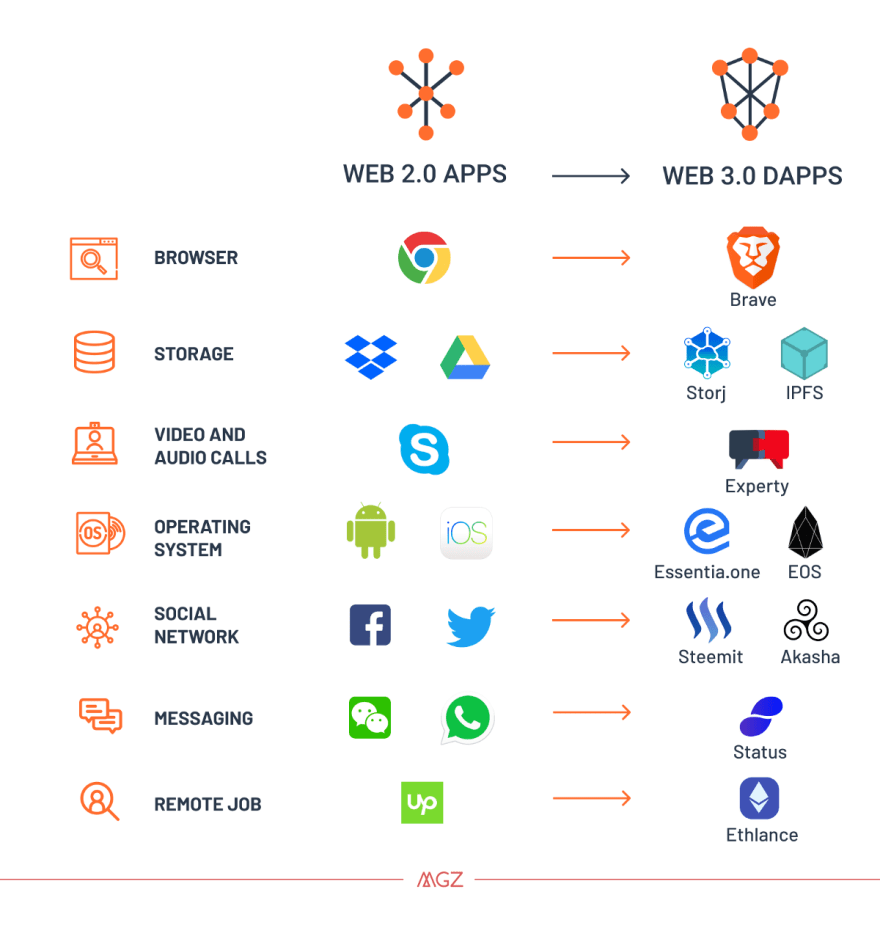Web Evolution

When we think of how car used to be powered by gasoline and is now electric, it's hard not to marvel at the web that has evolved around us. The World Wide Web's history is filled with change, innovation, and progress.
The web that we know today can be broadly categorized into three phases - Web 1.0, Web 2.0, and Web 3.0 as illustrated below:

Let's dive a little deeper and discover how the web evolved from its inception to what we know it now.
Started with Web 1.0…
It’s the first version of the web, known as the Syntactic web or read-only web.
Web 1.0 was an era when users were limited to viewing content provided by producers without any option given back for consumer/user feedback outside what they saw on screen;
This includes static websites and personal sites from the 1990 - 2000 era, linked only via hyperlinks. It lacked any interactive content or design elements.
Moreover, this was the era where users could write only text emails and send them. One could not even upload or attach any images or pictures.
In a nutshell, Web 1.0 was a content delivery network (CDN) enabled to showcase the piece of information on websites where users couldn't even post reviews, comments, or feedback.
Then came Web 2.0…
Web 2.0 was the second stage of the evolution of the web, also called the read-write web. In this phase, websites grew more focused on user-generated content, usability, and interoperability for end users leading them to become -the participative social web!
This is the era we see the birth of Youtube, Wiki, Flickr, Facebook, blogging, podcasting, etc.
The next generation…Web 3.0
If we were to compare Web 3.0 with the evolution of fuel cars, Web 3.0 is the electric car that will take us all into a new era of technology-based life.
Termed the Semantic Web or read- write-execute web, Web 3.0 is the next generation of web technology that will revolutionize how we use websites and interact with data. It began as dynamic applications, interactive service, and machine-to-machine interaction – where data is shared with services displaying different views for the same web/data.
Since we are in the era between Web 2.0 and Web 3.0, it's essential to know what might happen in the evolution from Web 2.0 to Web 3.0.
What are the key differences between Web 2.0 and Web 3.0?
The table below showcases the key differences between Web 2.0 and Web 3.0.

Here’s a great illustration to show the evolution of applications from Web 2.0 to Web 3.0

In summary, the essence of Web3 lies in peer-to-peer interactions. It retires centralized platforms, servers, and authorities as its key managers for information and value flows on the new generation networked commerce society with blockchain-enabled business models that benefit large enterprises through social gaming networks.
The first step for businesses like yours is understanding how different this Web 3.0 technology is from Web 2 .0; the early use cases related technologies. This is a game changer for your business in the future.
Have you ever wondered how to get into Web 3.0?
Well, it's not as difficult or impossible a task at first glance but some technologies will need your attention before moving forward with any further development on this platform!
We can help make things easier to get your business on the cutting edge of Web 3.0 with our expertise in Web 3.0 technology.
Contact Ms. Kate via WhatsApp for an informative discussion about this exciting Web 3.0 innovation.
